
Samsung had a very good 2010 when it came to Android phones. Samsung rolled out Galaxy S under various editions that set a hardware benchmark for other Android devices but was blemished by one thing – software. The untimely software updates allegedly attributed to Samsung’s TouchWiz UI infuriated many customers who longed for a vanilla Android flavor of the Galaxy S.
Enter the Google fairy! Android OS maker decided to use Samsung’s hardware expertise with their software and thus, Nexus S was born. Using similar innards as Galaxy S, Nexus S not only boasts the vanilla Google OS but also runs Android 2.3 or famously known as the Gingerbread OS.
However, is the developer phone worth the upgrade? We take a look.
Package Contents:
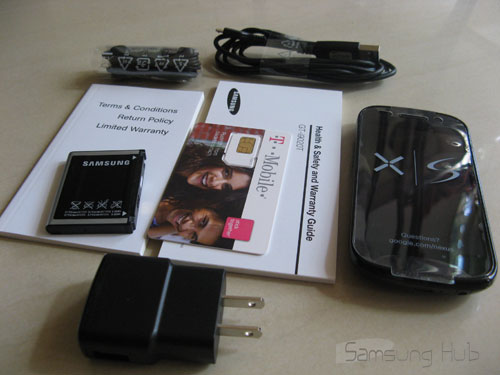
The package contains the main unit with its battery, a USB cable, earphones, travel AC adapter, user manual and warranty. Since this unit belonged to the US, the phone came with a T-Mobile SIM card.
Design:
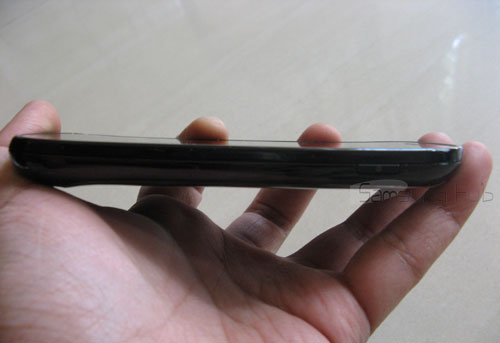
The Google Nexus S may look similar to Samsung’s Galaxy S but is different in many ways. The 4-inch Super AMOLED screen occupies much of the real estate. It does not have any physical buttons on the front, rather there are four touch-sensitive buttons placed at the bottom starting with the Back, Menu, Search and Home along with a VGA camera and proximity sensor visible at the top. As for other placements, the volume rocker is located on the left side, power button on the right, microUSB port and 3.5mm audio jack at the bottom and a loudspeaker and 5MP camera with LED flash at the back.
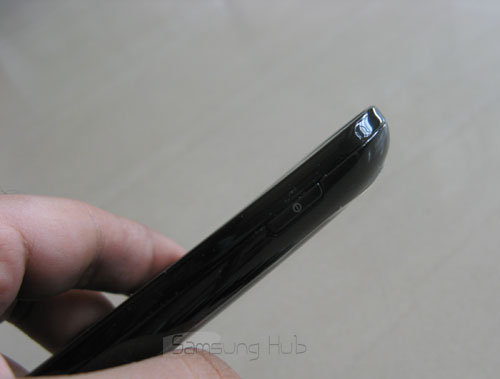
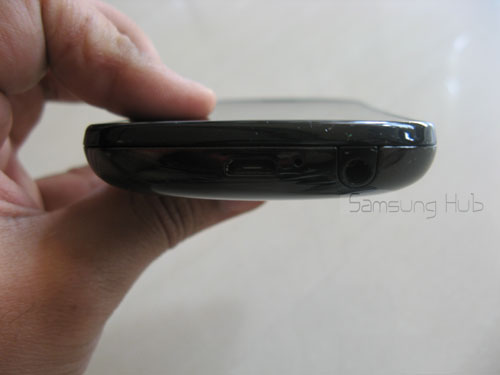
Nexus S weighs just 129grams which is due to its plastic body. Samsung’s decision to go with the plastic might have been to keep the phone light but in no way the plastic feels cheap.
Overall, the phone looks good and feels nice in the hands.
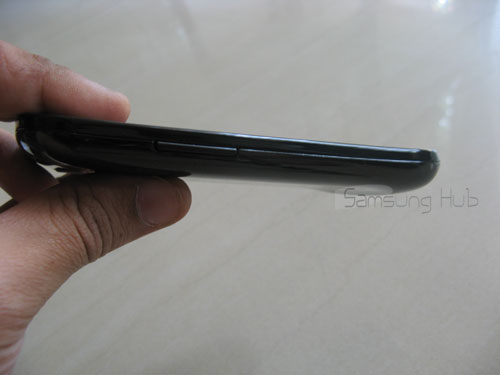
Display:
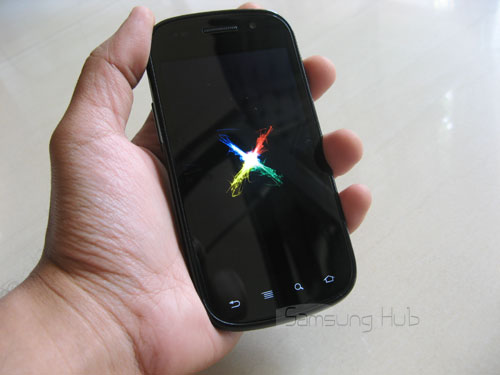
Nexus S has a 4-inch Super AMOLED screen supporting WVGA resolution (800×480) with a display what is coined as a contour display. The display is slightly curved, which in person does not seem much but is said to have an ergonomic advantage when the phone is placed alongside the ears. To be clear, the glass on the front is a curved one and not the Super AMOLED panel.
As you’d expect, colours on the Super AMOLED look vibrant along with deeper black level. However, with the recent Android 2.3.3 update, Google updated the colour temperature to accurately show darker colours but in retrospect, the colours look a bit washed out at the lowest brightness setting. You won’t find much difference if you use the device at higher brightness level.
Software and User Interface:
Nexus S is the first phone to come with Gingerbread OS (Android 2.3) pre-installed out of the box. With the new OS, Nexus S really seems fast and intuitive. Although, Google faced few problems with the initial updates of Android 2.3 like the random reboot, data loss etc., the latest Android 2.3.3 build seems by far the stable one.

Some of the new features you’ll find in Android 2.3 are the Downloads app that shows all the downloaded files under one page, new battery usage menu that can plot the usage graphically, VoIP/SIP support and NFC (more on that later).

On the interface front, if you’ve used an Android 2.2 device before, you’ll feel very much at home since there isn’t any drastic change. It’s a pure Google phone, meaning no skins or customised UI installed by manufacturer, the phone gives an unadulterated Google experience out of the box. The new interface does have some noticeable features like the notification area, which is now black with green icon that is easier to read. The new text selection tool also finds its way in the Gingerbread that makes it easy to select and edit the text, the newly designed keyboard that is more accurate than other on-screen default keyboard and a unique CRT TV-like switching off effect when you lock the device.
Call Quality:
Call quality on the Nexus S is really good. With the help of a software-based noise-cancellation, the voice quality from the earpiece is crisp and clear. Speakerphone and earphone quality are also at par with the earpiece.
Performance:

Nexus S is powered by 1GHz Hummingbird CPU with PowerVR SGX540 GPU. Here are some of the tests took on the Nexus S.
Camera:
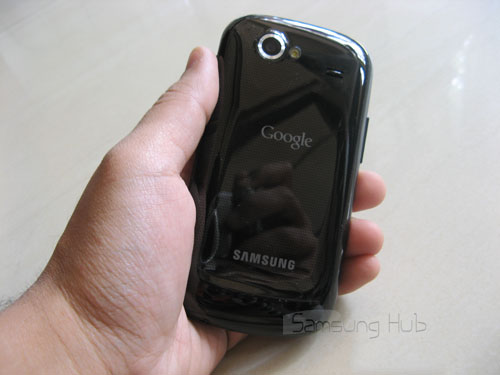
Nexus S sports two cameras – one 5 megapixel at the back and VGA camera in the front. Expectedly, the VGA camera is not worth the pain whereas the autofocus 5 megapixel at the back does its job well. The quality is decent (although grainy in some situations) for a 5MP shooter which is complemented with an LED flash at the back. One thing lacking for still camera shooting is a digital zoom. Of course, the quality of the image gets compromised when zoomed digitally but can prove in handy sometimes.

Another bummer is the video recording quality. Nexus S supports a maximum resolution of 720×480 pixels which is disappointing considering other phones in the same range come with 720p HD video recording support.




Multimedia:

Nexus S has a decent image and audio support with good audio playback but underwhelms when it comes to video. Unlike Galaxy S, Nexus S does not support native playback of DivX/Xvid and .mkv files. All Nexus S supports is 3GP or an MP4 file. However, it does play a 720p video if you encode it in MP4 format.
Other features:
One of the interesting inclusions in the phone is the NFC (Near Field Communication) chip. NFC is at a very nascent stage but holds a lot of potential that allows users to exchange data or even make a payment via their phone within a short range. Users can use NFC via the Tags app to scan NFC tags or even share a contact, URL or random text to share with other NFC-equipped devices. However, if you’re not a fan of this NFC, Google has given an option to deactivate the NFC radio, which will also help to save some battery life.
Nexus S has an assisted GPS along with a digital compass. Finding a GPS fix takes a lot of time (and patience) since Nexus S’ GPS failed to give a lock while moving in a vehicle. Trying to get a lock while stationary took about 5-10 minutes.
Battery:
Nexus S has a battery rated at 1500mAh. Although the battery is at par with other smartphones, I would’ve preferred if Google and Samsung had gone with a higher capacity one to give some extra juice. Anyways, Nexus S’ battery should be good for a day’s use with some light to moderate usage including web surfing, phone calls, multimedia playback and GPS.
Conclusion:
Now comes the most obvious question. Is Nexus S worth it? Well, if you’re a Galaxy S user, you’re not missing much. In fact Nexus S is the one missing like 720p HD video recording support, TV-Out, no DivX/Xvid, MKV playback, limited storage and Bluetooth 2.1 compared to Galaxy S’ Bluetooth 3.0. However, there is one thing that will compel users to buy is the assurance to get latest Android updates first (until another Nexus device is launched) and a pure Google experience.
If you’re upgrading from an Android 2.x device and don’t really feel the need of dual-core equipped phones, Nexus S is the phone to look out for.
There are two variants available of the Nexus S – I9020, which is reviewed here and I9023. The only difference between both variants is I9020 comes with a Super AMOLED screen whereas I9023 has a Super Clear LCD.
The phone sells in US for about $530 and is expected in India soon for a price of around Rs.28,000.
Nice Review i liked all features of the phone as soon as the phone is launched in INDIA i will take it… Thanx for the Information…
Seems to be a good phone, lack of multimedia support makes it dull. but better than SGS as it is supported by google and not by samsung. surely going to buy one, good in-depth review.
I am using the phone. As an end user, must say this phone kicks ass of HTC devices and iPhone. No lag issues like SGS and super fast. Thats the advantage of a dev. phone. you get a pure google exp.